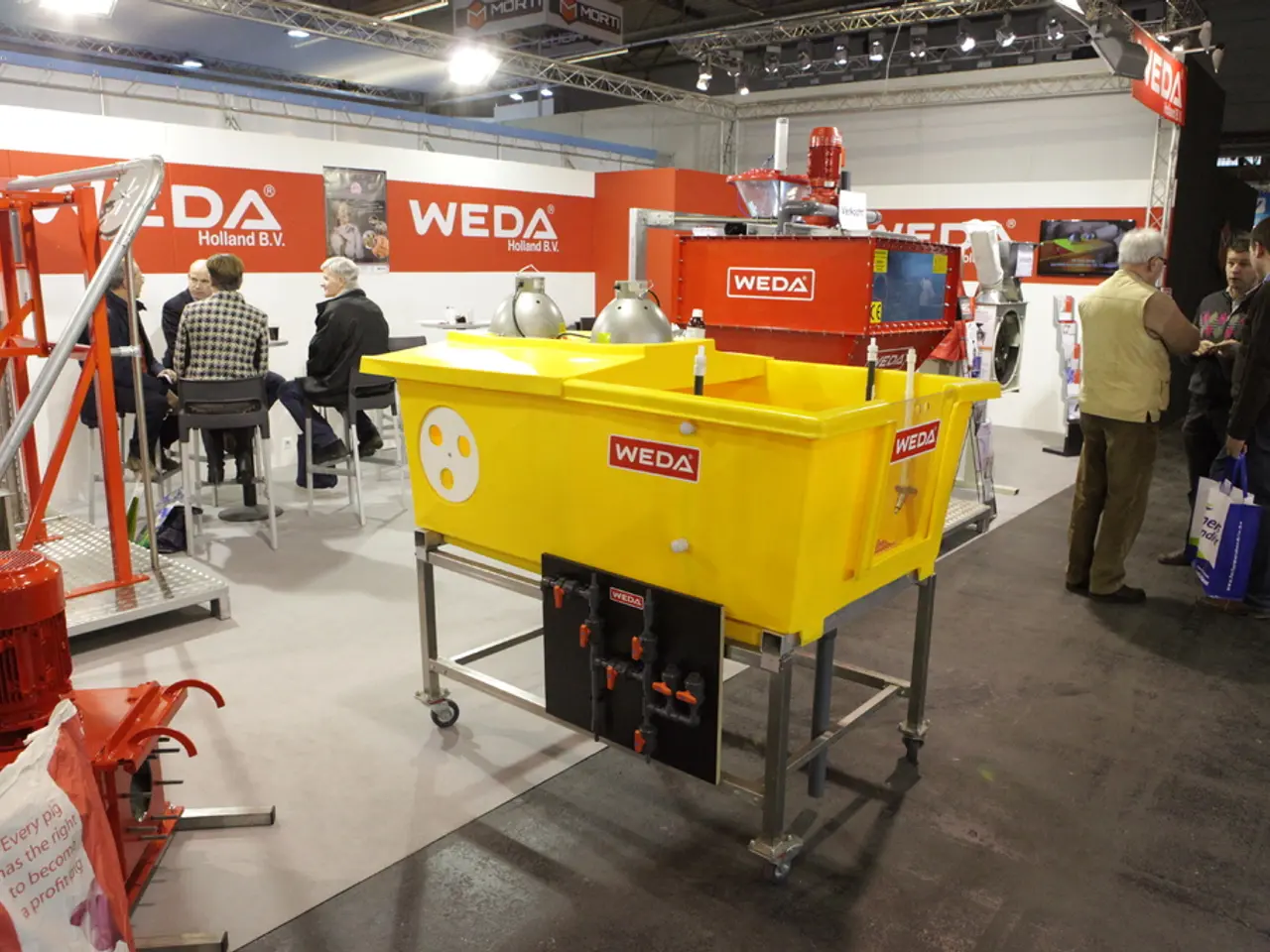Maintaining a Perpetually Tidy Space Through Sustained Efforts
In a world where possessions often symbolise wealth and status, it's no surprise that many of us find ourselves drowning in clutter. A recent study reveals that the root causes of clutter accumulation and persistence are a complex interplay of cognitive biases, emotional attachments, mental health challenges, and behavioural tendencies.
Clutter primarily manifests due to an overabundance of stuff and improper storage. The author of the study identifies two core elements essential in the battle against clutter: an overabundance of possessions and a failure to properly store the items we do have.
One of the key factors contributing to the accumulation and persistence of clutter is our perceived future usefulness and sentimental value. People often keep items because they believe they might need them later, or because of emotional attachment tied to memories or identity. This emotional bond can make discarding items difficult, as it can feel like letting go of a piece of ourselves.
Emotional connections and self-identity also play a significant role in clutter accumulation. Certain possessions may be closely linked to an individual’s sense of self-worth or identity, making it difficult to let go without feeling a loss akin to grieving.
Difficulty discarding due to indecisiveness and cognitive challenges is another common issue. Some individuals, especially those with hoarding tendencies, struggle with categorising and deciding what is valuable. Memory concerns and decision-making difficulties make discarding items stressful and complicated.
Psychological trauma and mental health disorders can also contribute to clutter accumulation. Trauma such as loss or grief can trigger hoarding as a coping mechanism, with people holding onto possessions to feel secure or maintain a connection to lost loved ones. Co-occurring mental health conditions like anxiety, depression, OCD, and ADHD also increase attachment to possessions, fear of loss, or impair organisational abilities.
Behavioral patterns of accumulating rather than discarding also play a significant role. Over time, the habitual collection of items can lead to clutter growth, especially when boundaries for acquisition and letting go are not set or maintained. This creates a cycle where clutter further increases stress, reduces mental clarity, and inhibits motivation to declutter, perpetuating the behaviour.
So, how can we break this cycle and maintain a clutter-free environment? The secret lies in modifying beliefs and habits to support a clutter-free dream. This might mean challenging our emotional attachments to certain items, setting boundaries for acquiring new possessions, and developing a system for proper storage.
People may hold onto more stuff than needed due to various beliefs, such as believing it's wrong to give away a gift they don't like or use. Others cling to items, believing they'll need them in the future or feeling bad about throwing away something that still works but is gathering dust. Visual clutter, or items being jumbled without proper storage, is a common issue that can be addressed by developing a system for organising belongings.
In conclusion, understanding the root causes of clutter accumulation and persistence is the first step towards overcoming it. By modifying our beliefs and habits, we can create a clutter-free environment that supports our mental health and wellbeing.
- To maintain a clutter-free environment, it's crucial to challenge our emotional attachments to certain items, set boundaries for acquiring new possessions, and develop a system for proper storage.
- One of the key factors contributing to the accumulation and persistence of clutter is our perceived future usefulness and sentimental value, as people often keep items because they believe they might need them later or because of emotional attachment tied to memories or identity.
- Clutter primarily manifests due to an overabundance of stuff and improper storage, with the author of a recent study identifying two core elements essential in the battle against clutter: an overabundance of possessions and a failure to properly store the items we do have.
- Emotional connections and self-identity also play a significant role in clutter accumulation, as certain possessions may be closely linked to an individual’s sense of self-worth or identity, making it difficult to let go without feeling a loss akin to grieving.
- Behavioral patterns of accumulating rather than discarding also play a significant role, with over time, the habitual collection of items leading to clutter growth, especially when boundaries for acquisition and letting go are not set or maintained.





